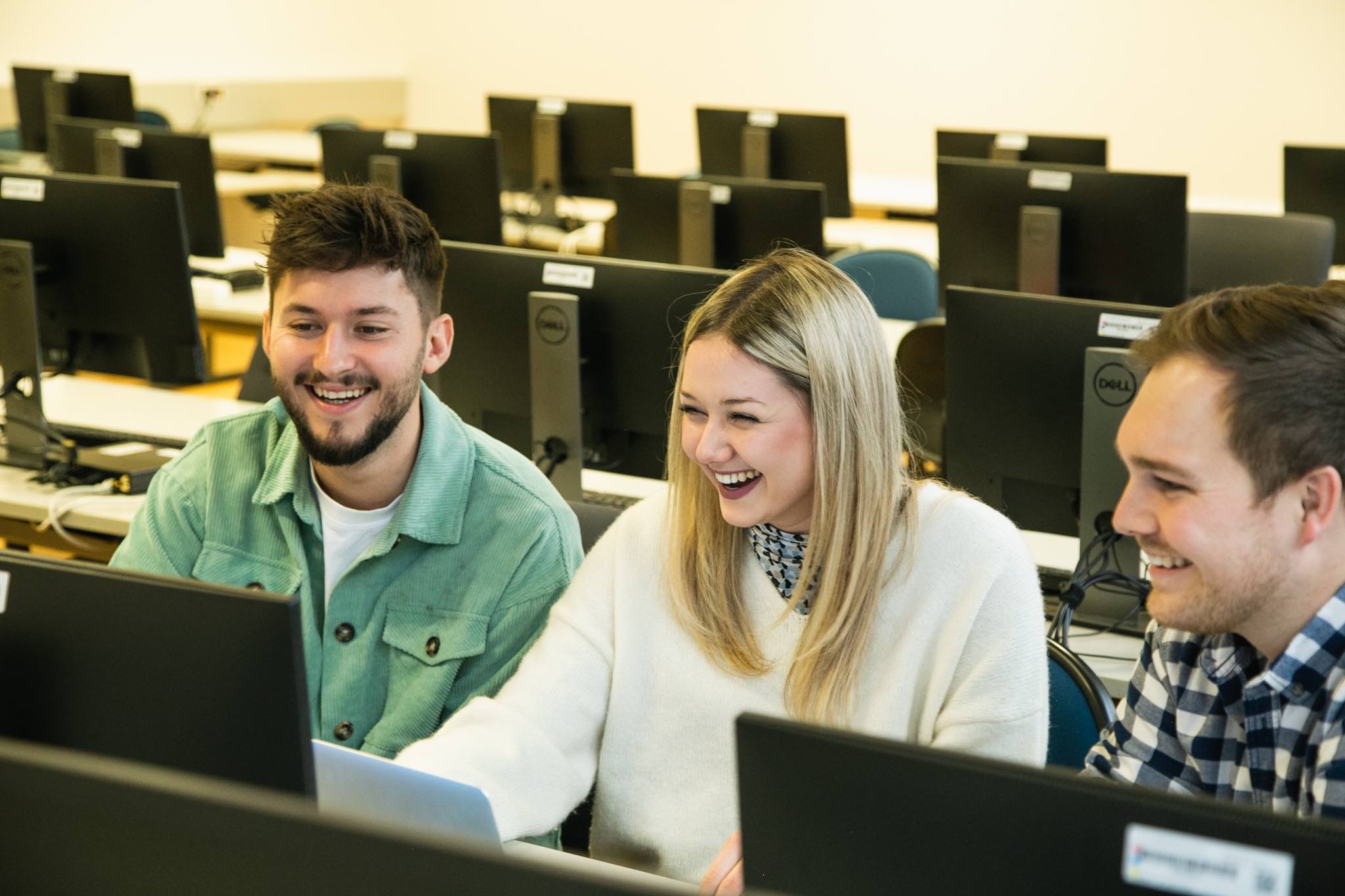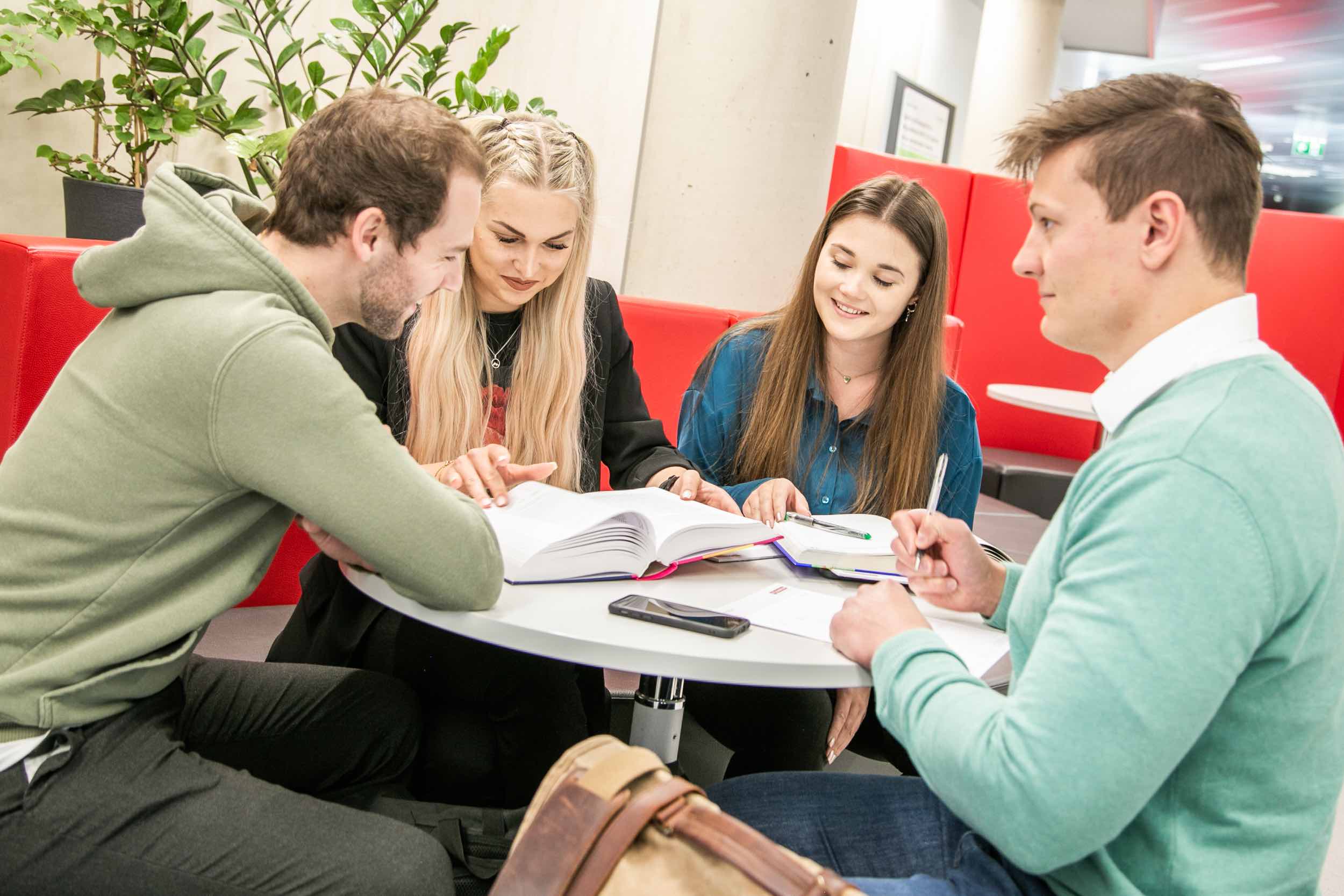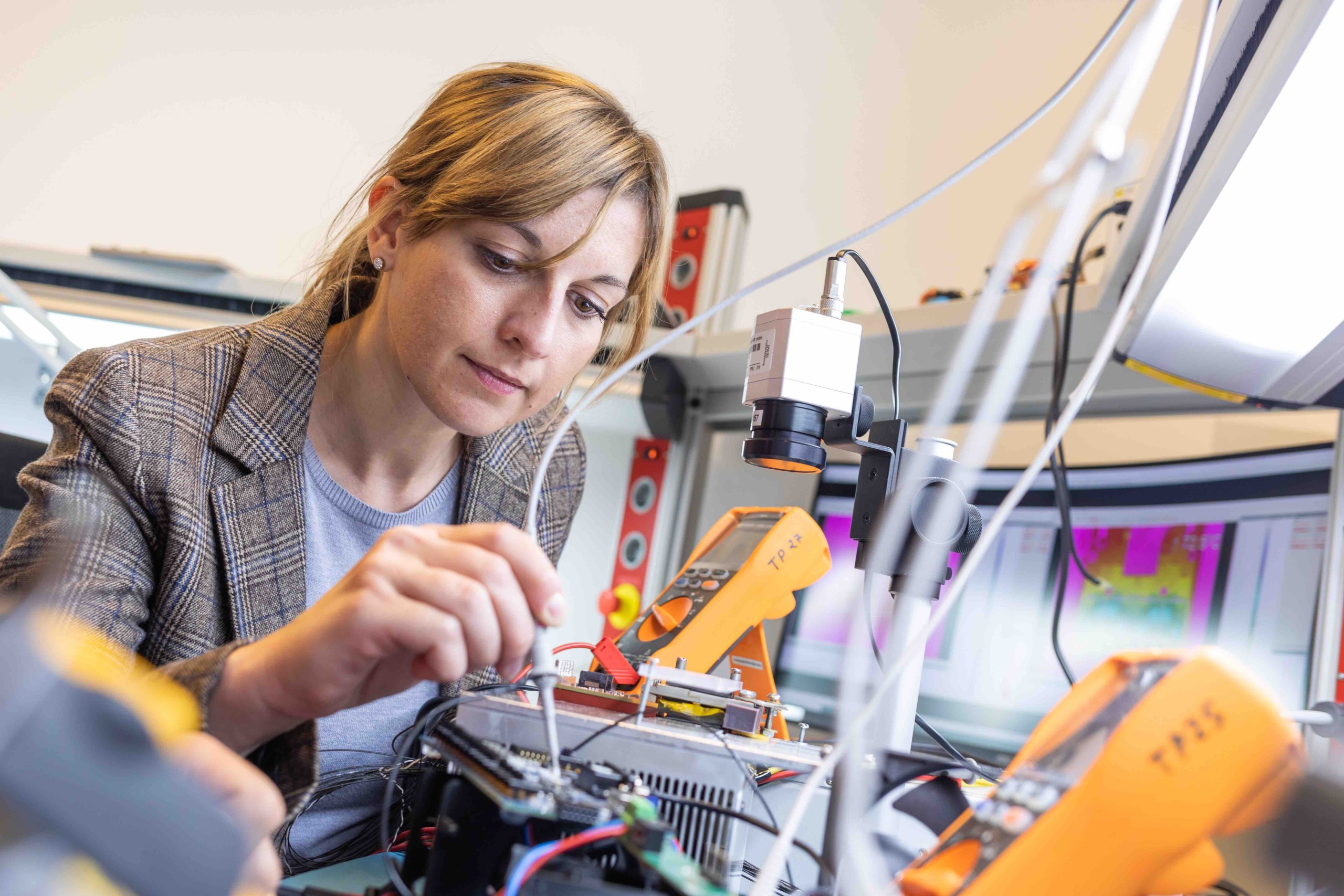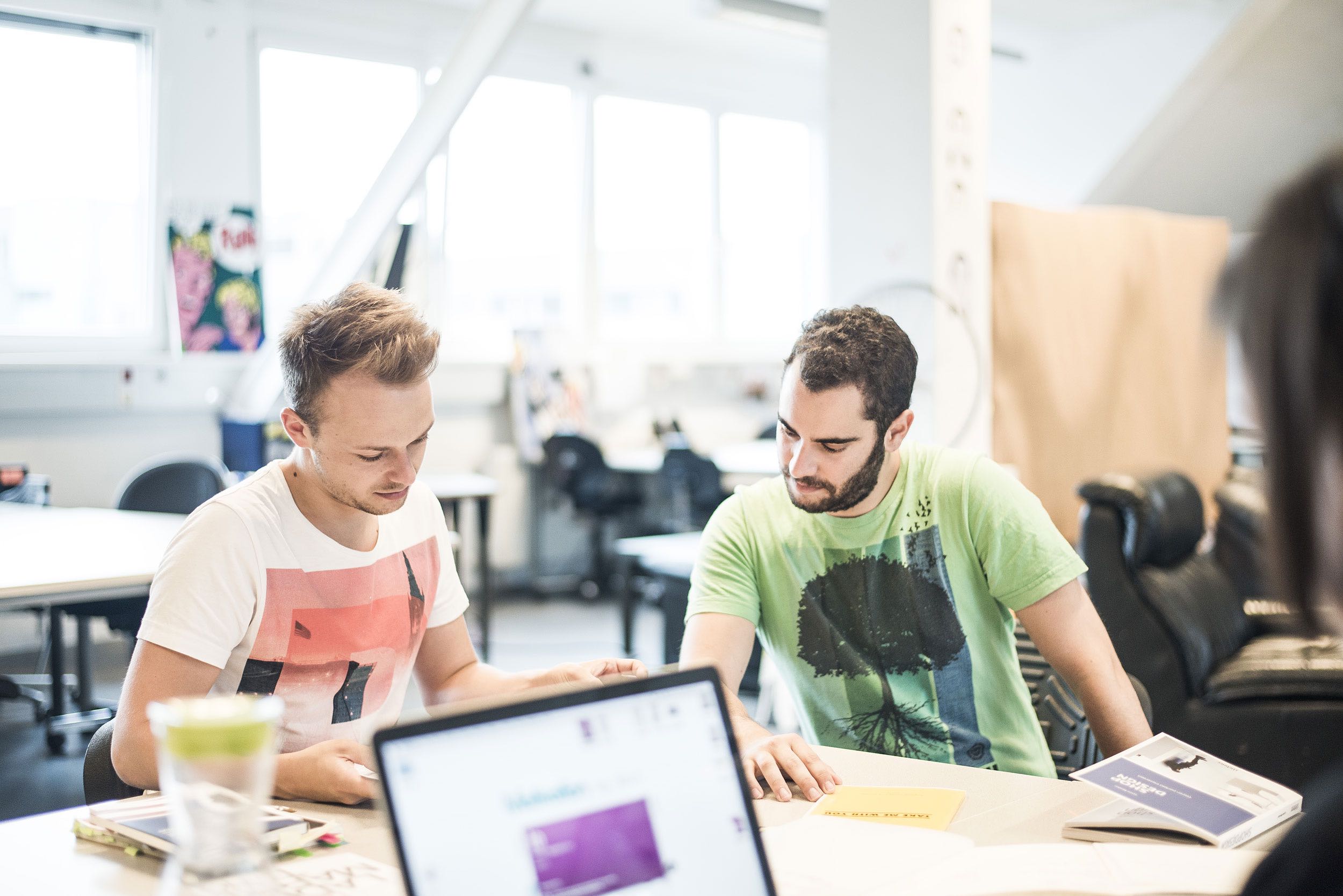Daniel Fabry directs the Master degree program „Communication, Media, Sound & Interaction Design“ since May 2018. In this interview he is talking about his vision for the degree program, challenges and his spare time.
The interview with the Head of the Master’s degree program Daniel Fabry
FH JOANNEUM, 06. May 2020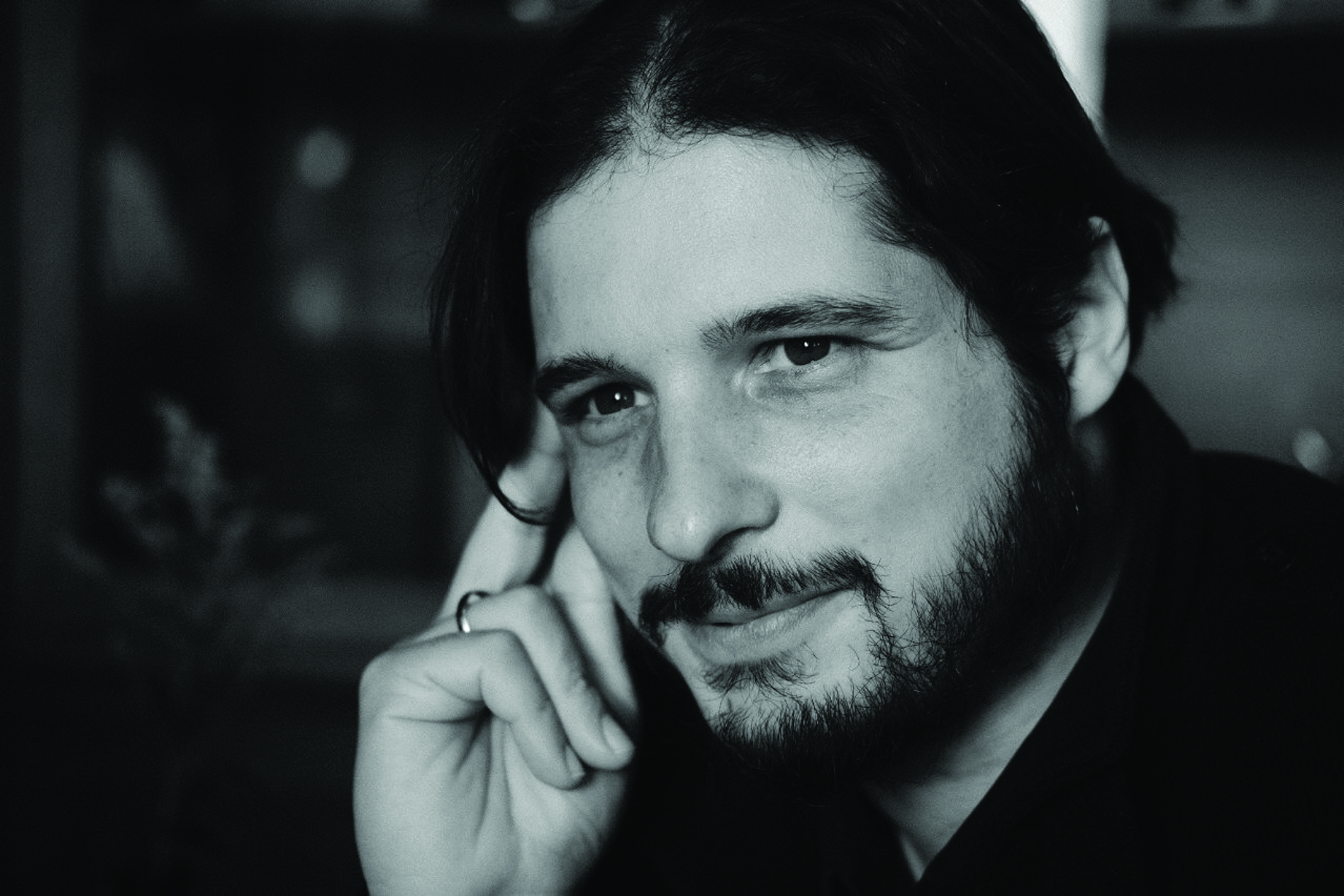
What do you like most about your new position as Head of Studies?
Daniel Fabry: It is design work on a new level, which is heavily influenced conceptually: the design masses are perhaps somewhat more abstract, the processes more complex, the interests of the participants more diverse. But ultimately it is a design process ‒ it is process design.
What are your goals as Head of the degree program?
Design is subject to a dynamic of change ‒ e.g. from the pressure of technological innovation ‒ new design markets are developing in all of the economic sectors. At the same time, the borders between trad- itional design disciplines are becoming blurred: Interaction design, media design and editorial design are now linked together in trans- disciplinary processes. This means that in the design field, the design of design processes is also becoming increasingly important ‒ it is therefore more and more a matter of process design. For designers there is a growing demand to be flexible ‒ they have to virtually co-invent their methods beyond their core competencies. A ‘double burden’ which I however see as a great opportunity.
My goal is to create an environment within the degree program which takes these conditions into account, i.e. to educate the students in such a way that they have a broad basis in many disciplines, but a very deep knowledge in one sub‒discipline. Designers as universalists but with a core competence. The four specialisations we offer Communication, Media, Sound and Interaction Design should have even more to do with each other than before. They should interact together in transdisciplinary projects.
A corresponding infrastructure is needed, as well as an intensification of exchange oportunities in the international field and an expansion of networks ‒ with economic partners and design universities and institutions of applied research. In this way, we should find a craft and technical design education that is state-of-the-art, in which methodological and cross-sectional competence represent the connecting element and in which thinking about cultural and cultural‒technical aspects are an important part of the design attitude.
What is the greatest challenge?
To keep the design possibilities open: As a designer I cherish projects where you have many design options, and where quality occupies a central role without a doubt. These open possibilities have to be created and retained. The challenge is to find the right priorities with limited resources.
What do you do when you are not at the University?
Don’t worry! I never get bored then either… In particular my two children make a lot of design demands: robots, finger skateboards, chestnut
men, etc. It is refreshing and fascinating to see how they perceive the world and what solutions they come up with. Here you can let yourself
be thoroughly inspired as a designer. I also spend a lot of time in the workshop of the Atelier Schillerstrasse studio ‒an interdisciplinary co-design space. Since I often deal with digital media, I love analog work. As a freelancer over the last few years I have implemented numerous media‒ didactic projects for museums and science centres, and at the same time developed interactive hands‒on objects which convey contents through a combination of analog and digital media. For some years now I have also been actively involved in making music again, which has always been a passion of mine. I play the drums in the surf band Wetter. In addition, I am part of the art and theory interest group monochrom. There it can happen that I bury people alive, but that is another story…

